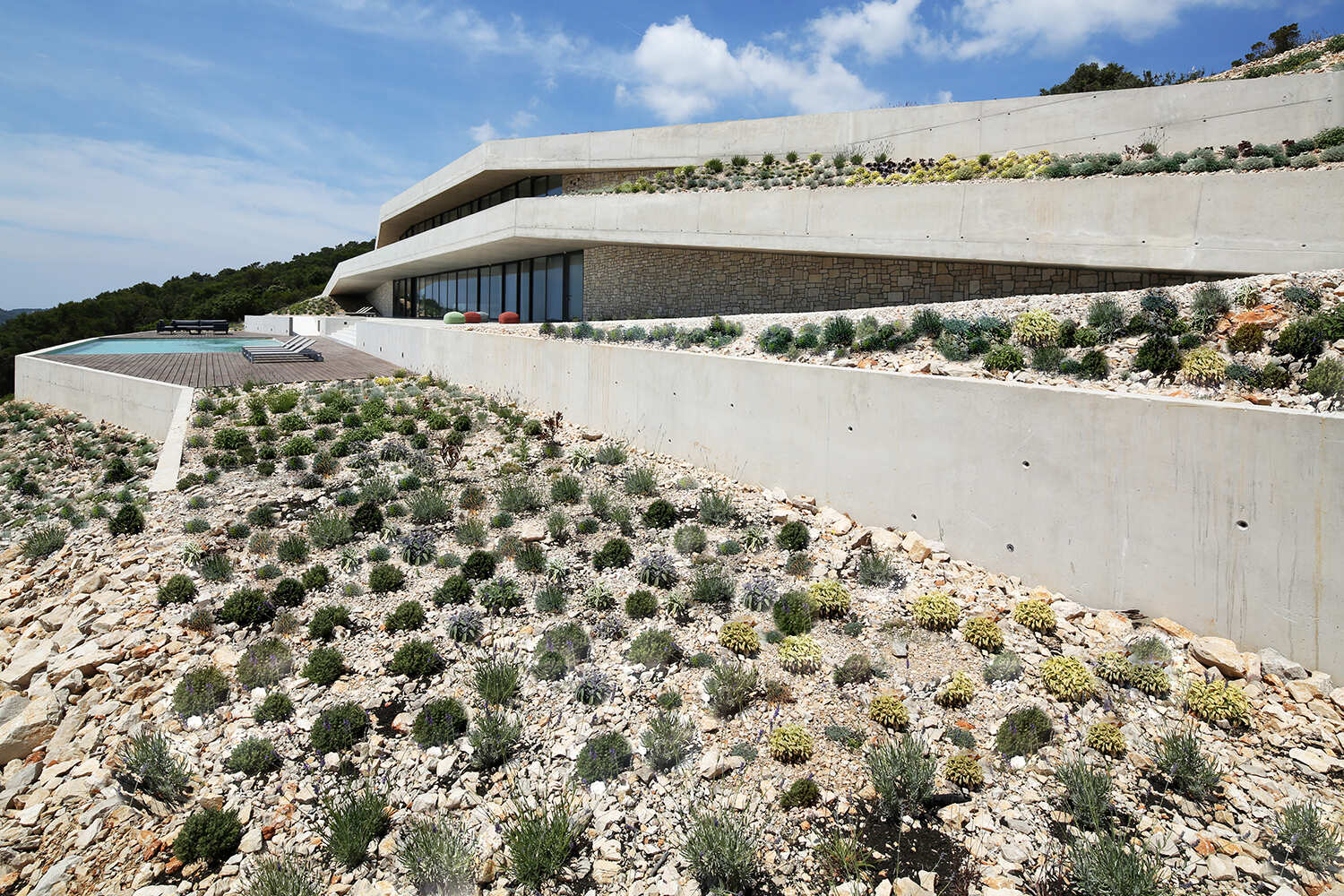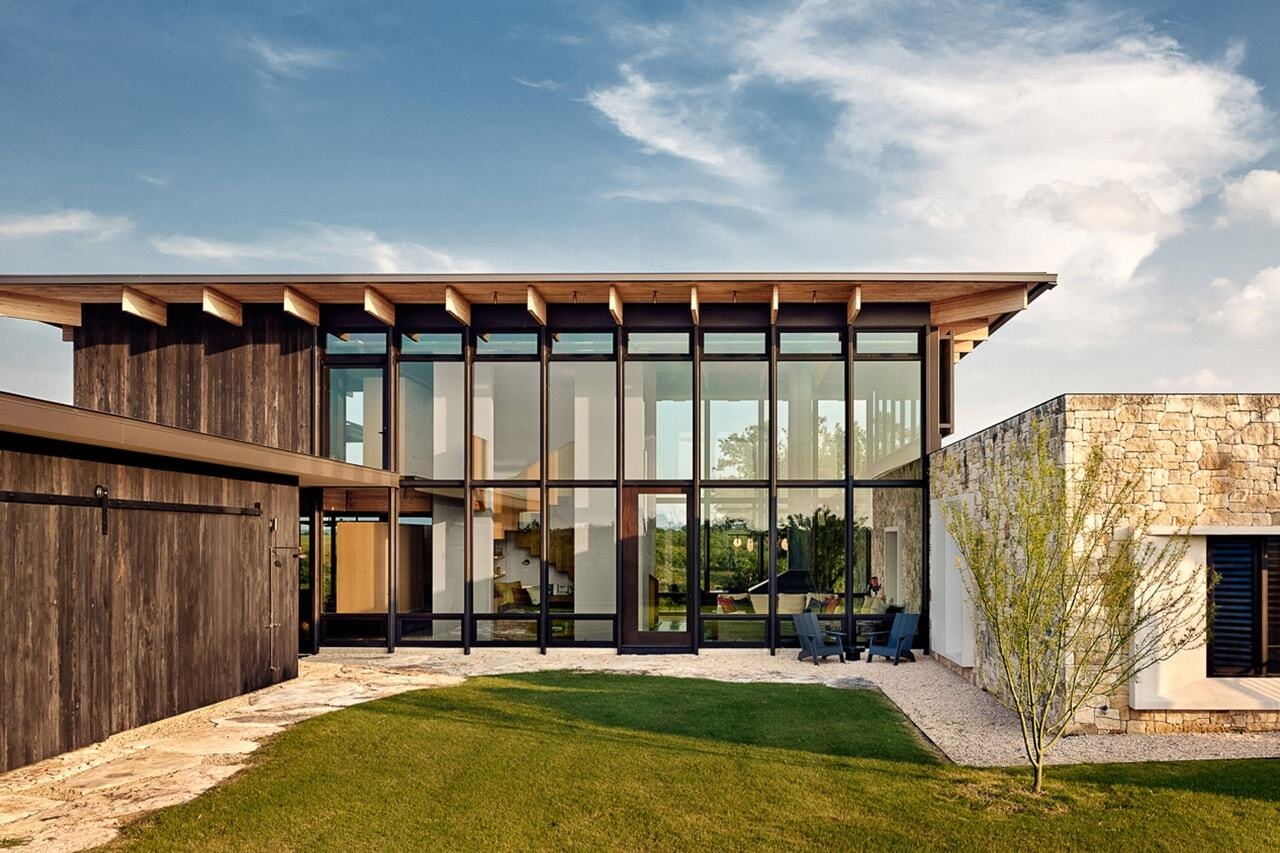AMAA's "delicate intervention" transforms Italian palazzo into Caffè Nazionale


Venice architecture studio AMAA has converted spaces within the 19th-century town hall of Arzignano, Italy, into a cafe that combines original details with bespoke contemporary elements.
Caffè Nazionale is located within Arzignano's Palazzo Municipale, originally designed by architect Antonio Caregaro Negrin in the late 19th century.

AMAA founders Marcello Galiotto and Alessandra Rampazzo applied a light touch to the project, celebrating the worn surfaces uncovered during the renovation.
"The Caffè Nazionale project is a living work that embraces existing materials and their stories to create a new architecture," the duo explained.

"The initial delicate intervention involved clearing the space of the incongruous additions and layers that had accumulated over the decades, obscuring its historical essence," AMAA added.
"This process of uncovering was a true act of discovery, guiding the subsequent phases of the project."
One of AMAA's main objectives with the project was to enhance the connection with the adjacent public square, which is visible through large arched openings in the facade.

This led the studio to create a sequence of connected spaces that follow the axis of the colonnade and maintains views through the building towards a small internal courtyard.
An entrance at the centre of the palazzo's collonaded wing leads into a large space containing the bar. At one end of this room is an open kitchen, visible to patrons through an internal arched opening.

A staircase between the kitchen and the bar ascends to a more formal restaurant located on the first floor.
Immediately to the right of the entrance, a second set of arches connects with the main hall, which showcases details such as the textured plaster walls.
A folded and perforated stainless-steel partition spanning the length of this space offers a partial view of arched openings that mirror those on the facade.
A large pivot door in the metal wall leads to a vestibule dominated by a large window. This opening looks onto the courtyard, which was planted with birch trees to bring a natural element to the scheme.
Behind the pleated metal wall, posters by artist Stefan Marx introduce a playful detail intended to evoke the theatrical posters of the Belle Époque. The vestibule also contains a basin for the adjacent WC.

In the cafe space, the architects added a polychromatic marble floor that echoes the adjacent colonnade while bringing a more domestic scale to the space.
A coffered wooden ceiling conceals lighting and improves acoustics. The ceiling's materiality is mirrored by custom-designed furniture created in collaboration with artist Alessandro Neretti.
The room is organised using a system of wooden tables and benches informed by the furniture of the New York subway and the work of American artist Donald Judd.

A central double-sided bench divides the space along its length. On the internal side, a row of rectangular tables is paired with mismatched vintage chairs, while smaller circular tables and stools are arranged along the side facing the square.
The architects set out to preserve as much of the building's original character as possible while layering on new elements to enhance the theatrical feel of the spaces.
"The consolidation acknowledges the passage of time, enriching the rooms with a raw and imperfect materiality that speaks to the idea of the unfinished and the continuous evolution of each element," the duo explained.

Interventions required to conceal the necessary services and technical rooms follow a similar objective, revealing their components and construction technique in order to complement the interior's raw, honest feel.
AMAA has its headquarters in Venice but works extensively in nearby Arzignano, where the studio set up a satellite office in an abandoned plumbing factory.
The studio's research-driven approach often involves repurposing existing spaces or architectural elements. Previous projects have seen the studio create an installation by stacking shipping containers in a disused industrial building.
The post AMAA's "delicate intervention" transforms Italian palazzo into Caffè Nazionale appeared first on Dezeen.


















































